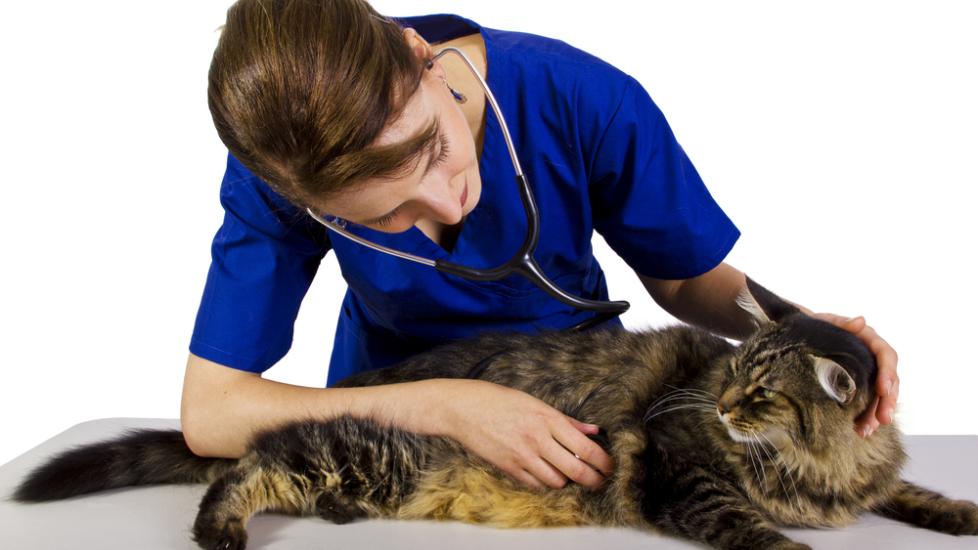Fibrotic Hardening of the Lungs in Cats
Pulmonary Fibrosis in Cats
Cats can suffer from many forms of pneumonia, pulmonary fibrosis being one of them. The development of this disease results in inflammation and scarring of the tiny air sacs of the cat's lungs and lung tissue. The reactive scarring of the lungs results in fibrotic tissue buildup, where the tissue becomes excessively thick, reducing the ability of the affected sacs to pass oxygen into the blood stream. Therefore, as the disease progresses, less oxygen is passed into the body’s tissues when the cat breathes.
The factors which initiate pulmonary fibrosis are still unknown; however, hereditary factors and a variety of micro-injuries to the air sacs are suspected. Recent evidence also suggests abnormal wound healing in the lung as a mechanism for fibrosis. It may exist concurrently with cancer in cats. Affected cats are usually middle-aged or elderly.
The condition or disease described in this medical article can affect both dogs and cats. If you would like to learn more about how this disease affects dogs, please visit this page in the PetMD health library.
Symptoms and Types
The signs and symptoms displayed by the cat generally progress slowly; these include:
- Anorexia
- Cyanosis
- Lethargy
- Cough (nonproductive)
- Shortness of breath
- Increased respiratory rate and effort
- Open-mouth breathing/panting
- Exercise intolerance
Causes
The underlying cause for pulmonary fibrosis is usually unknown (idiopathic). However, it may be also due to:
- Genetics
- Viral infection(s)
- Acute pancreatitis
- Toxins or drugs
- Oxygen toxicosis (a pathological condition caused by oxygen)
- Environmental damage (e.g., exposure to polluted air or cigarette smoke)
Diagnosis
The biggest problem in diagnosing and treating pulmonary fibrosis is that the disease may be far along before symptoms begin to appear.
Your veterinarian will conduct a full physical examination, including a chemical blood profile, complete blood count, and chest X-rays. Other diagnostic tools include an echocardiography to determine whether the heart is enlarged, a computed tomography (CT) scan to view the cat's lungs three dimensionally, and biopsy samples of the affected tissues for microscopic examination.
Treatment
Your cat may need supplemental oxygen; in which case, it will be hospitalized. This is a life-threatening disease and may be terminal if not treated immediately and appropriately. For that reason, treatment will focus on support, and on controlling the symptoms to enhance the quality of life.
If the cat is obese, there may be further treatment complications because it can impede ventilation (breathing). Weight loss will lessen symptoms of respiratory impairment.
Your veterinarian may prescribe anti-inflammatory dosages of prednisone at first, tapering the dosage over the course of a month if there is no underlying infection. There are also some antifibrotic agents that may be helpful, as well as bronchodilators (drugs made to widen the air passages and relax the bronchial tissues) to assist your cat’s breathing.
Living and Management
You will need to eliminate the cat's exposure to dust or fumes. This is a progressive condition with a guarded prognosis; cats with pulmonary fibrosis generally only survive between a few weeks to a few months. Because of the possibility of quick deterioration, cats should be intensively monitored.
Pulmonary hypertension and right heart failure often develops with any severe, chronic lung disease. Your veterinarian may want to repeat lung biopsies in order to track the cat's progress and the effectiveness of its treatment. A positive response to treatment will result in an increase in mobility.
